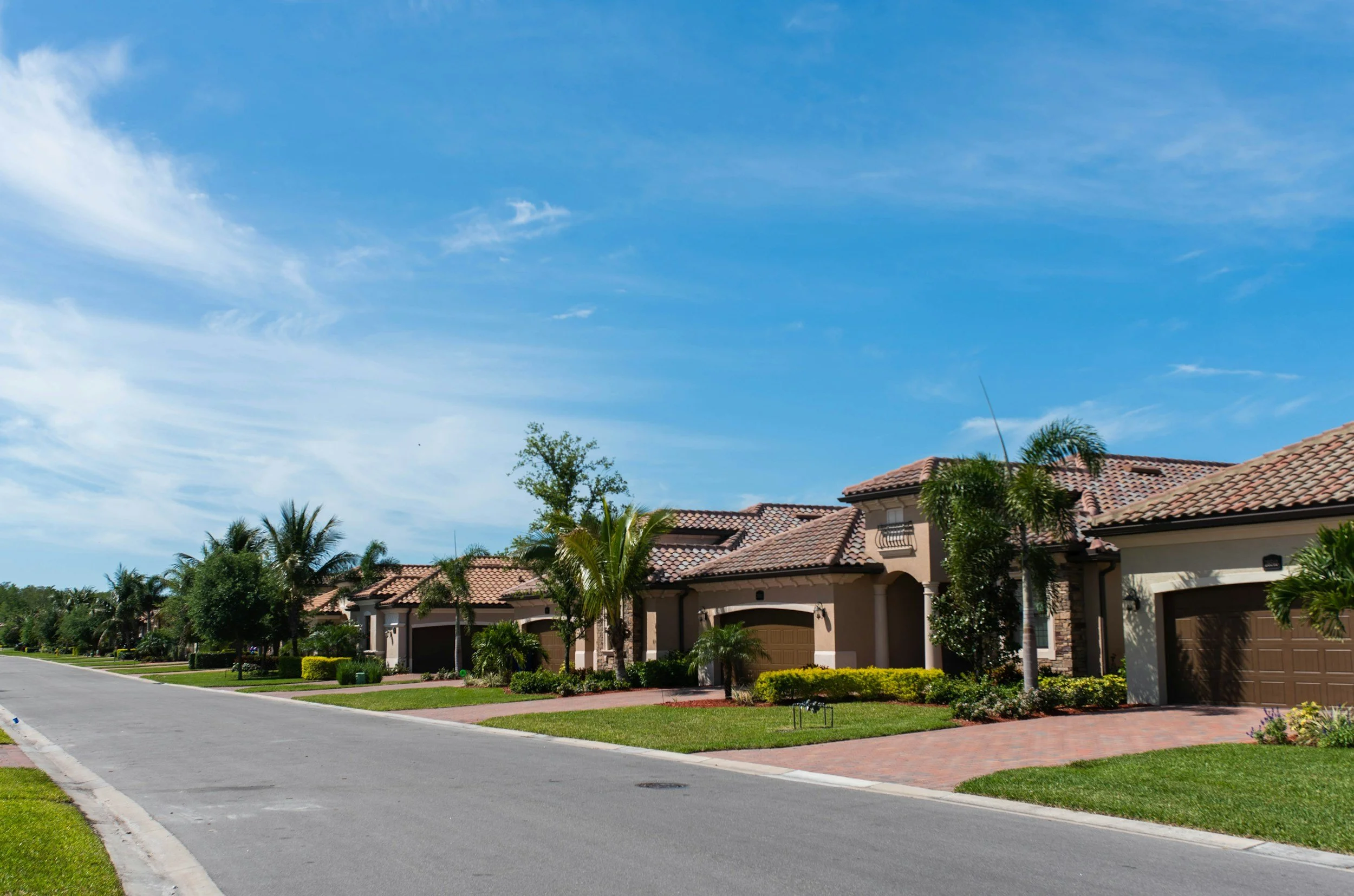6. Market Checklist: Your Guide to Understanding Real Estate Prices in India
Buying or selling a property in India can feel like navigating a maze. Prices fluctuate, trends shift, and what seems like a good deal today might not be so tomorrow. This chapter equips you with a "market checklist," a guide to understanding the key factors that influence real estate prices. Think of it as your secret decoder ring for the property market, helping you make smart decisions and avoid costly mistakes.
Why This Checklist Matters:
Imagine you're planning a vacation. You find two beautiful resorts, but one costs twice as much. Why? Maybe it has a private beach, award-winning restaurants, or luxurious spa services. Just like a vacation, the price of a property depends on many factors. This checklist helps you understand those factors so you can:
Find hidden gems: Discover properties that offer great value for your money.
Negotiate effectively: Confidently discuss the price with sellers, armed with the knowledge of what influences value.
Make informed choices: Choose the right property in the right location, ensuring a smart investment for your future.
Your Market Checklist: Decoding the Price Puzzle
1. Location
City vs. Town vs. Village: Each has its own charm and price range. Cities offer vibrancy and job opportunities, towns provide a balance of amenities and affordability, while villages offer tranquility and lower costs.
Neighborhood Nuances: Even within a city, factors like proximity to parks, schools, hospitals, and public transport can create significant price differences.
Future is Key: Areas with upcoming infrastructure projects (new metro lines, highways) or growing commercial hubs tend to see faster price appreciation.
2. The Economy: Your Money's Best Friend
Interest Rate: When interest rates on home loans are low, borrowing becomes cheaper, encouraging more buyers and potentially driving prices up.
Inflation's Impact: As the cost of everyday items rises, property prices usually follow suit to maintain their value.
Jobs and Income: A strong local economy with good job opportunities and high salaries often leads to higher demand and prices for housing.
3. Government Policies: The Rules of the Real Estate Game
Infrastructure : Government investments in roads, metros, and airports can make certain areas more desirable and accessible, boosting property values.
Tax Breaks and Incentives: Government schemes offering tax benefits or subsidies for home buyers can stimulate demand and influence prices.
Regulations and Zoning: Rules about building codes, land use, and environmental protection can impact the cost and availability of housing.
4. The Social Fabric: More Than Just Bricks and Mortar
Population Dynamics: A growing population, especially with a young demographic, increases demand for housing, putting upward pressure on prices.
Lifestyle Choices: Demand for amenities like parks, gyms, community centers, and shopping malls can influence property values in a neighborhood.
Safety and Security: Areas perceived as safe and secure, with low crime rates and good policing, often command a premium.
5. Supply and Demand: The Real Estate Balancing Act
Scarcity Drives Value: If there are few properties available in a highly desirable area, the limited supply can push prices up.
Demand Dictates Price: When many people want to buy in a particular location, the increased competition can lead to higher prices.
Construction Costs Matter: Rising prices of building materials and labor can directly impact the final price of a property.
Key Takeaway:
Real estate prices are influenced by many factors. By understanding these factors, you can make informed decisions, negotiate effectively, and find the perfect property that meets your needs and budget. Remember, knowledge is your best tool in the real estate market!

